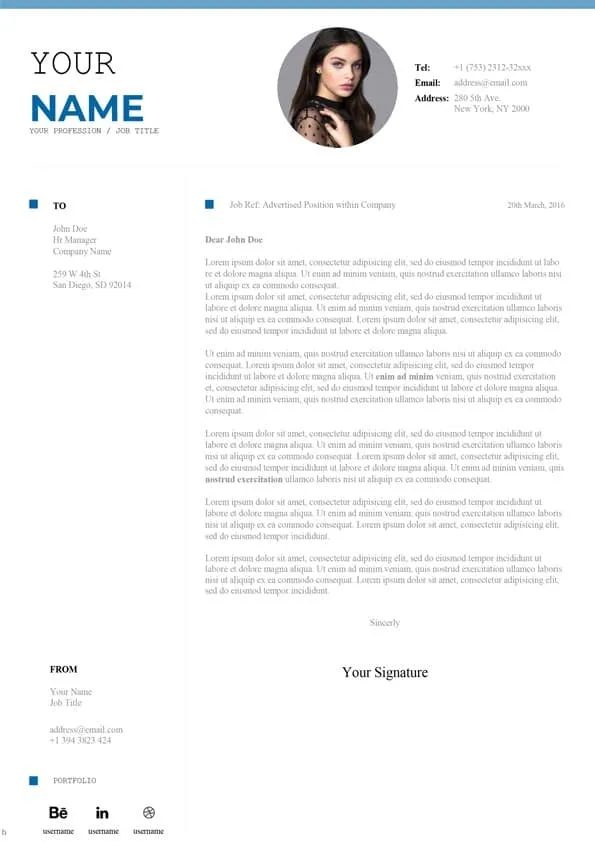What is a Cover Letter and Why Do You Need One?
A cover letter is your first introduction to a potential employer. Think of it as your personal marketing document, accompanying your CV and providing context to your application. It offers you a golden opportunity to highlight your skills, experience, and personality, making a compelling case for why you’re the perfect fit for the job. A well-crafted cover letter is not a mere formality; it’s a vital tool in your job-seeking arsenal. Recruiters often review cover letters before CVs, so your cover letter will be the first impression you make. It provides a space for you to elaborate on your qualifications, demonstrate your writing skills, and show your genuine interest in the position and the company. Without a strong cover letter, you might miss out on opportunities, even if your CV is excellent. A well-written cover letter allows you to personalize your application, showing that you’ve researched the company and understand their needs.
Key Components of a Cover Letter
To construct a successful cover letter, you should include all the essential components. Each element plays a crucial role in communicating your message effectively. A cover letter needs to follow a standard structure to be considered professional. The layout should be clean and organized, using a professional font and easy-to-read format. This helps the hiring manager quickly find the information they need. The most important sections include contact information, a professional salutation, a compelling introduction, details on your skills and experience, your enthusiasm for the role, and a strong call to action. By carefully crafting each part, you can significantly increase your chances of getting noticed.
Your Contact Information and Date
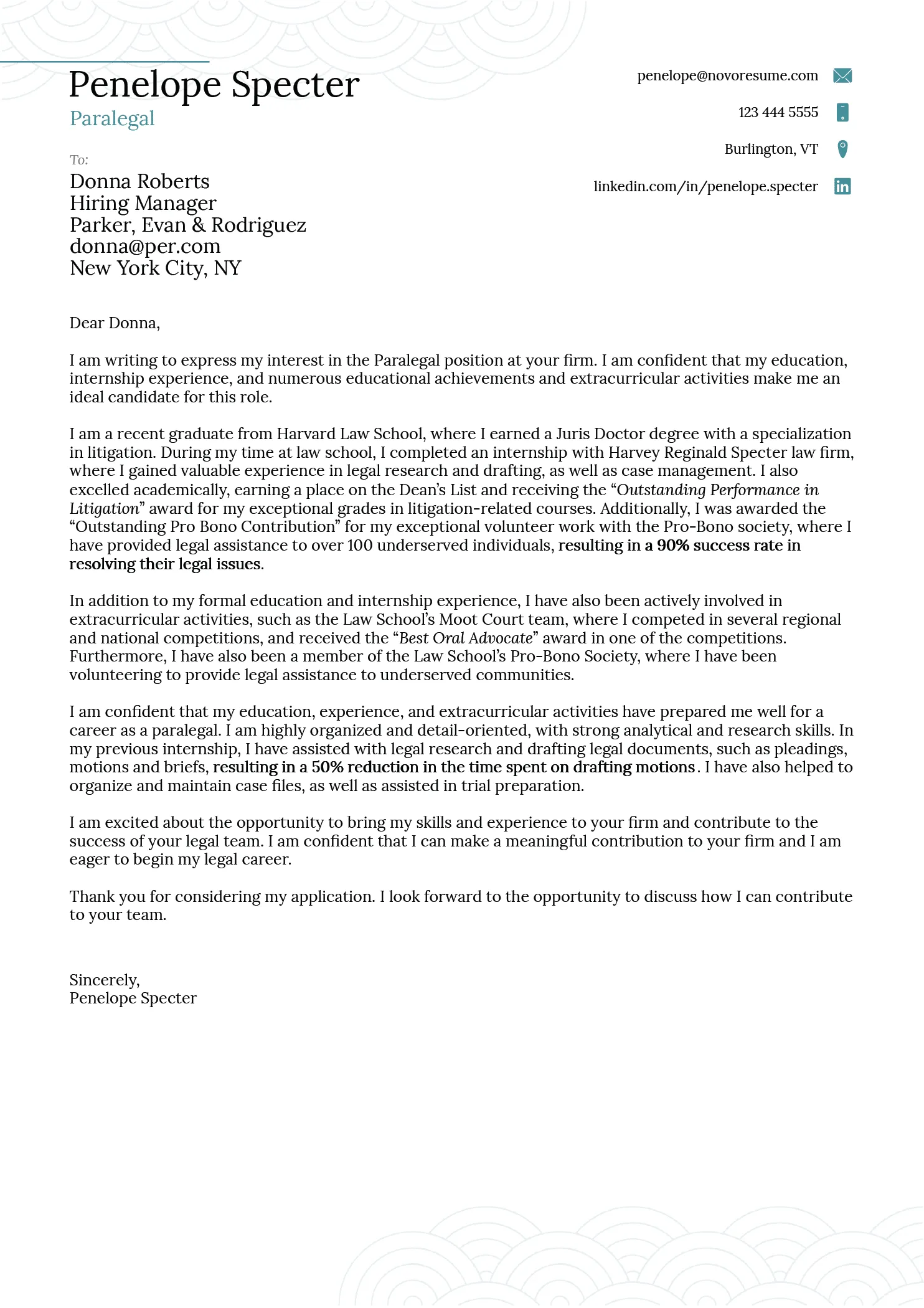
Begin your cover letter by listing your contact information at the top. Include your full name, phone number, email address, and optionally, your LinkedIn profile URL. This ensures that the hiring manager can easily reach you. Immediately below your contact information, add the date on which you are sending the cover letter. Use a standard format, such as Month Day, Year (e.g., January 20, 2024). This establishes the timeliness of your application and provides a clear reference point for communication.
Employer Contact Details
Underneath your contact information and the date, include the employer’s contact details. This section is critical because it shows you’ve tailored your cover letter. Begin with the hiring manager’s name (if known), their title, the company name, and the company’s address. If you can’t find the hiring manager’s name, use a general title like “Hiring Manager.” Getting this information correct demonstrates attention to detail and respect for the hiring process. If there’s no specified address, and if you’re applying online, you might omit the address altogether. Double-check all details for accuracy before submitting your letter to avoid making a negative first impression.
Professional Salutation
Start your cover letter with a professional salutation. If you know the hiring manager’s name, use “Dear Mr./Ms./Mx. [Last Name].” This personalized approach immediately shows that you’ve taken the time to research the company. If you don’t know the name, opt for a general greeting such as “Dear Hiring Manager” or “Dear [Department Name] Team.” Avoid overly casual greetings like “Hi” or “Hello,” which may not suit all company cultures. A well-chosen salutation sets a tone of respect and professionalism, essential for making a good first impression. The proper salutation immediately grabs the attention of the reader.
First Step Tailor Your Cover Letter to the Job
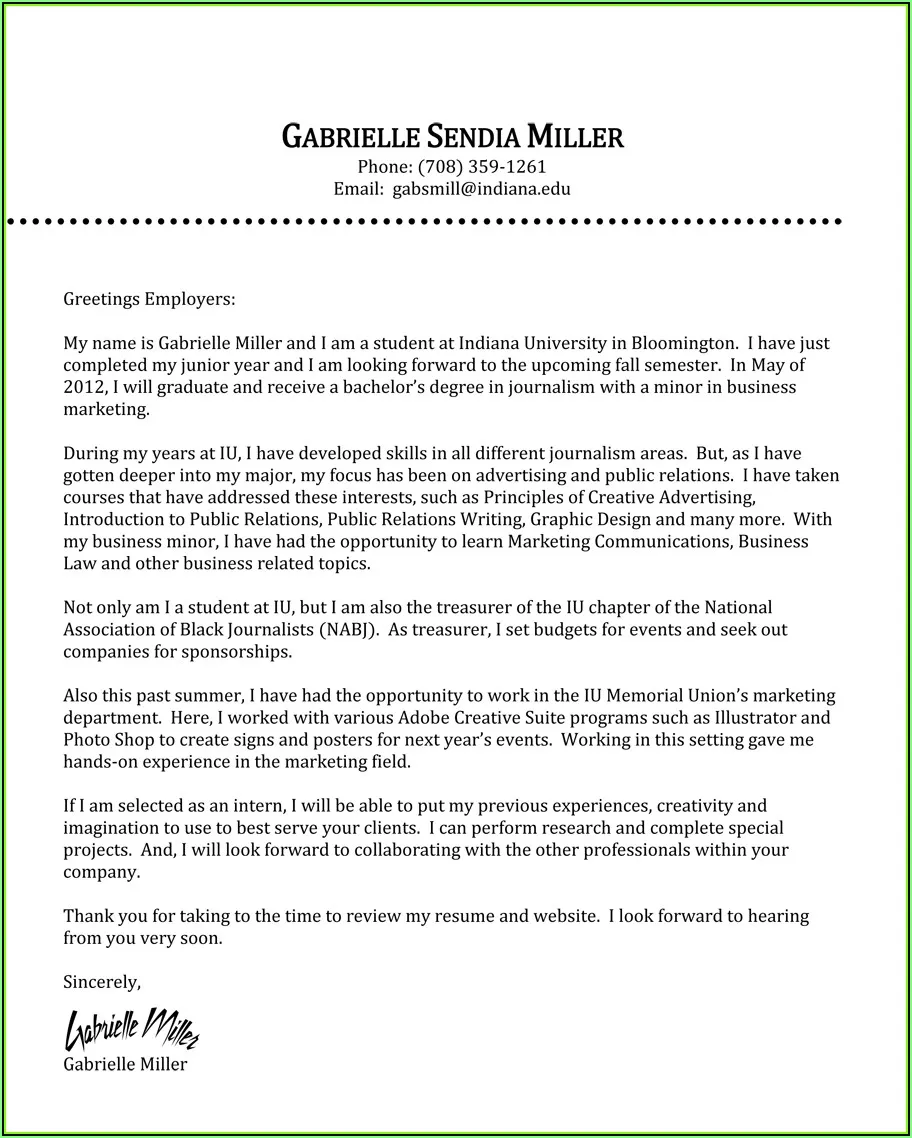
One of the biggest mistakes job seekers make is sending generic cover letters. Tailoring your cover letter to each job is absolutely crucial. Carefully read the job description and identify the key skills, qualifications, and experiences the employer is seeking. Then, align your cover letter to reflect these requirements. Highlight the experiences and skills that directly match what the employer is looking for. This shows that you understand the role and are a strong fit. Customize your cover letter each time you apply for a different position. Use the keywords from the job description throughout your cover letter to demonstrate that you meet the requirements. This targeted approach significantly increases your chances of getting noticed and landing an interview. Always personalize your letter with the company name and, if possible, the name of the hiring manager. Generic letters lack the impact of one written specifically for the role.
Second Step: Write a Strong Opening
Your opening paragraph is your first chance to capture the hiring manager’s attention. It should be concise, engaging, and clearly state the purpose of your letter. Begin by mentioning the specific position you’re applying for and where you saw the job posting. Then, briefly explain why you’re a good fit. Consider starting with a compelling statement about why you’re interested in the role or the company. Show genuine enthusiasm for the opportunity. You can also briefly touch upon your most relevant skills or experience, but keep this initial section short and impactful. Remember, a strong opening makes the reader want to continue reading and explore your qualifications further. Avoid generic statements or clichés, and instead aim for originality and impact. Make sure your opening paragraph connects your skills to the company’s needs. Make it memorable.
Third Step: Showcase Your Skills and Experience
The body of your cover letter is where you demonstrate how your skills and experience align with the job requirements. This section should be detailed but concise, focusing on the most relevant aspects of your background. Use specific examples to illustrate your abilities and achievements, going beyond a simple restatement of your CV. Provide evidence of your ability to perform the job effectively. Highlight key accomplishments and the impact you made in previous roles. Structure this section logically, grouping your skills and experiences to align with the job requirements. This makes it easy for the hiring manager to understand your qualifications. Support your claims with concrete examples, and where possible, quantify your achievements to show the tangible results you’ve delivered. Use action verbs to describe your responsibilities and accomplishments. Show, don’t just tell.
Highlight Relevant Achievements
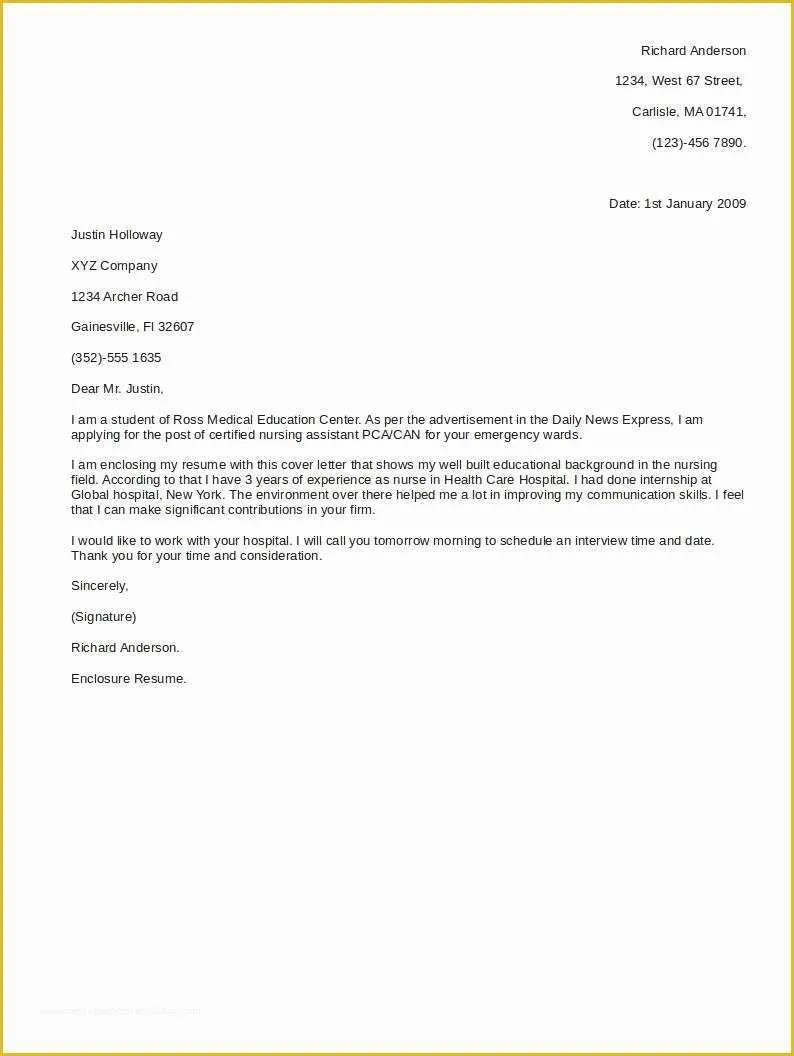
Focus on achievements directly related to the job requirements. Instead of simply listing your duties, emphasize what you accomplished in each role. Use the STAR method (Situation, Task, Action, Result) to structure your examples, providing context and showing your thought process and actions. Choose achievements that demonstrate your skills, such as problem-solving, teamwork, and leadership. Provide specific examples of how you made a positive impact on your previous employers. Tailor your achievements to the job description, focusing on the key skills and qualifications the employer seeks. This shows you understand the job’s requirements and how you can contribute to the company’s success. Quantifiable results provide convincing evidence of your effectiveness, making a strong case for your candidacy. Emphasize accomplishments that demonstrate your value to the company.
Quantify Your Accomplishments
Whenever possible, quantify your accomplishments. Use numbers, percentages, and data to demonstrate the impact of your work. For example, instead of saying you “increased sales,” state that you “increased sales by 15% in one year.” Quantifying your achievements adds credibility and makes your claims more compelling. Data provides concrete proof of your skills and abilities. Metrics provide hiring managers with a clear understanding of your contributions. Include specific figures that show how you improved efficiency, reduced costs, or boosted revenue. Use numbers to illustrate the impact of your work, rather than just describing your responsibilities. This gives the employer a better sense of the value you bring. Highlighting metrics enhances your resume and shows that you’re results-oriented. Use quantifiable examples to showcase your value to potential employers.
Fourth Step: Express Your Enthusiasm
Expressing genuine enthusiasm for the role and the company is crucial in making a positive impression. Let the hiring manager know why you are excited about the opportunity and what attracts you to their organization. Research the company and its values, and incorporate specific details in your cover letter. This demonstrates that you are truly interested and have taken the time to learn about them. Conveying your passion can set you apart from other candidates. Show that you’re not just looking for a job, but a career. Highlight the aspects of the company or the role that resonate with you personally. This could be the company culture, its mission, or specific projects you are excited about. This personal touch creates a memorable impression. Show that you envision yourself thriving in the role and contributing to the company’s success. Show that you are excited about the role.
Fifth Step: End with a Call to Action
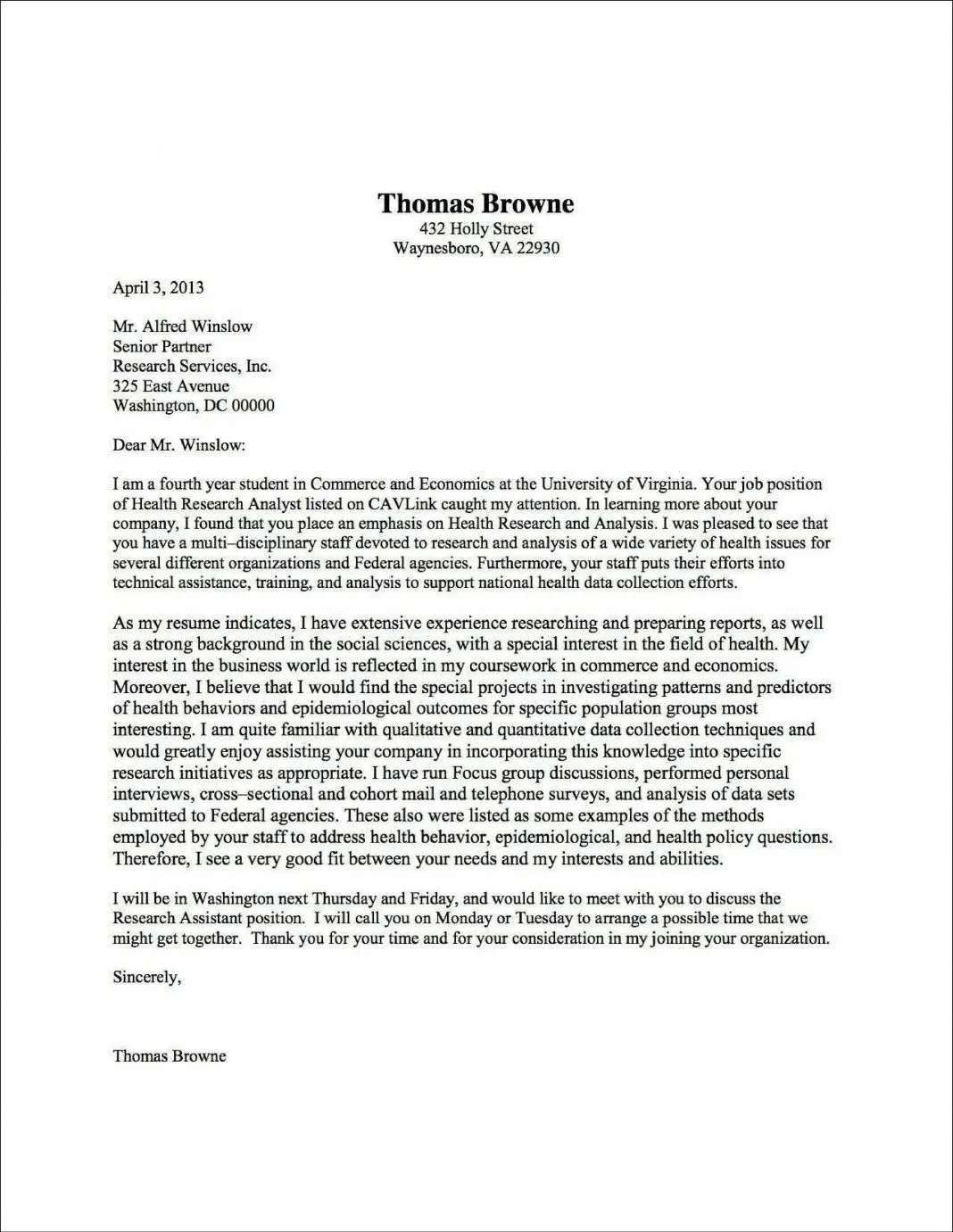
Conclude your cover letter with a strong call to action. This is your opportunity to encourage the hiring manager to take the next step, such as scheduling an interview. Clearly state your interest in discussing your qualifications further. Express your availability for an interview, and thank the hiring manager for their time and consideration. Make it easy for them to contact you. Provide your contact information again, and make it easy for them to reach out. End your letter with a professional closing, such as “Sincerely,” “Best regards,” or “Thank you.” Ensure your call to action is specific and aligns with your overall goal of securing an interview. A well-executed call to action is crucial for driving the recruitment process forward and increasing your chances of success. Make it clear that you are eager to move forward in the application process.
Formatting and Proofreading
Pay meticulous attention to formatting and proofreading. Errors in your cover letter can undermine your credibility and professionalism. Before submitting your cover letter, double-check every detail for accuracy. Run a spell-check and grammar check, but don’t rely solely on these tools. Read your cover letter multiple times, and consider having a friend or career advisor review it as well. Ensure a clean, easy-to-read format, using a professional font and appropriate spacing. Errors in grammar or spelling can make you look careless. Proper formatting shows attention to detail and professionalism, important qualities for any role. Always proofread your cover letter.
Proofread Carefully
Thorough proofreading is critical for ensuring your cover letter is error-free. Carefully check for spelling mistakes, grammatical errors, and typos. Read the letter aloud to catch awkward phrasing or inconsistencies. Use a grammar checker to identify common mistakes. However, don’t rely solely on these tools. Many errors can be missed by automated systems. Proofread your letter multiple times, and ideally, ask a friend or family member to proofread it as well. A fresh pair of eyes can catch errors you might have missed. Proofreading is essential for making a positive first impression. An error-free cover letter will demonstrate that you pay attention to detail and are a professional candidate. Proofread the letter several times, paying special attention to all the small details.
Choose the Right Font and Formatting
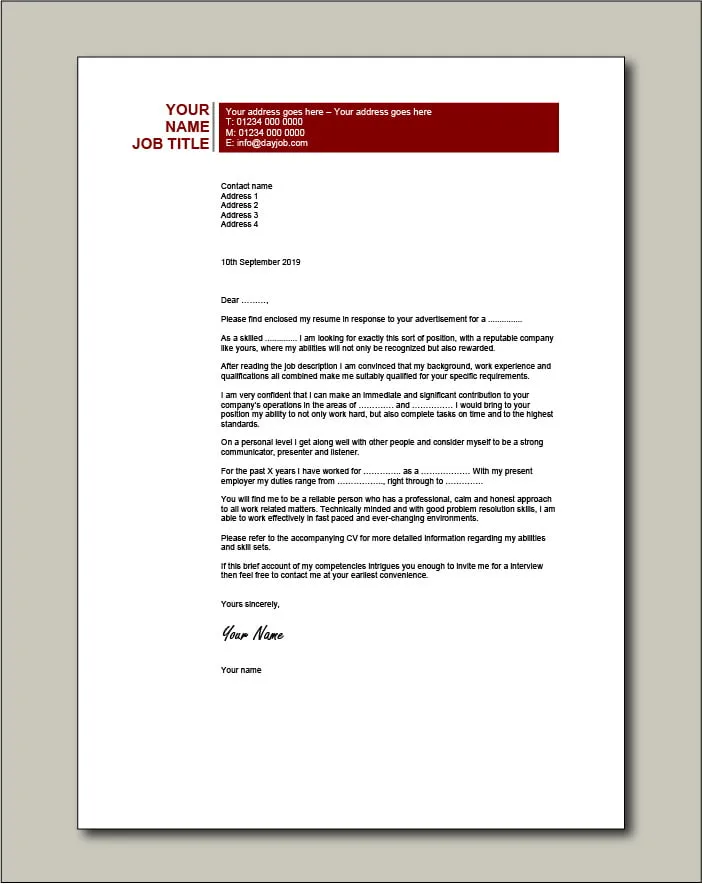
Use a professional and easy-to-read font, such as Times New Roman, Arial, or Calibri. Stick to a font size between 10 and 12 points. Avoid unusual or decorative fonts, which can make your cover letter difficult to read. Ensure your formatting is consistent throughout your letter. Use clear headings, bullet points, and ample spacing to make your letter visually appealing and easy to scan. Use standard margins (1 inch is often recommended) and proper line spacing. A well-formatted cover letter is more likely to capture the reader’s attention and make a positive impression. A clean, organized format makes your cover letter more readable and professional. Good formatting demonstrates that you pay attention to detail. The format should include clear headings, and should follow the standard format.
